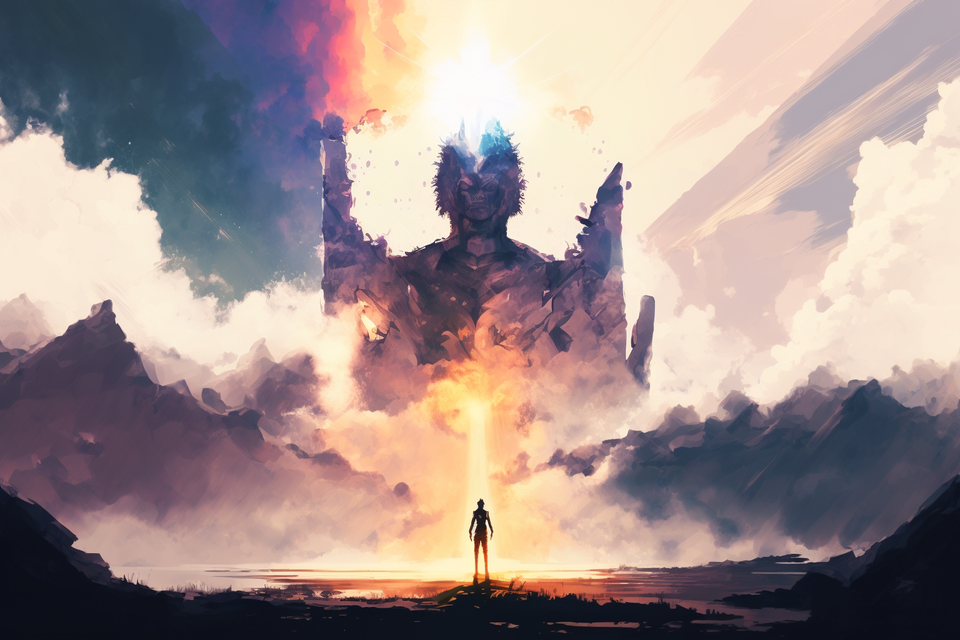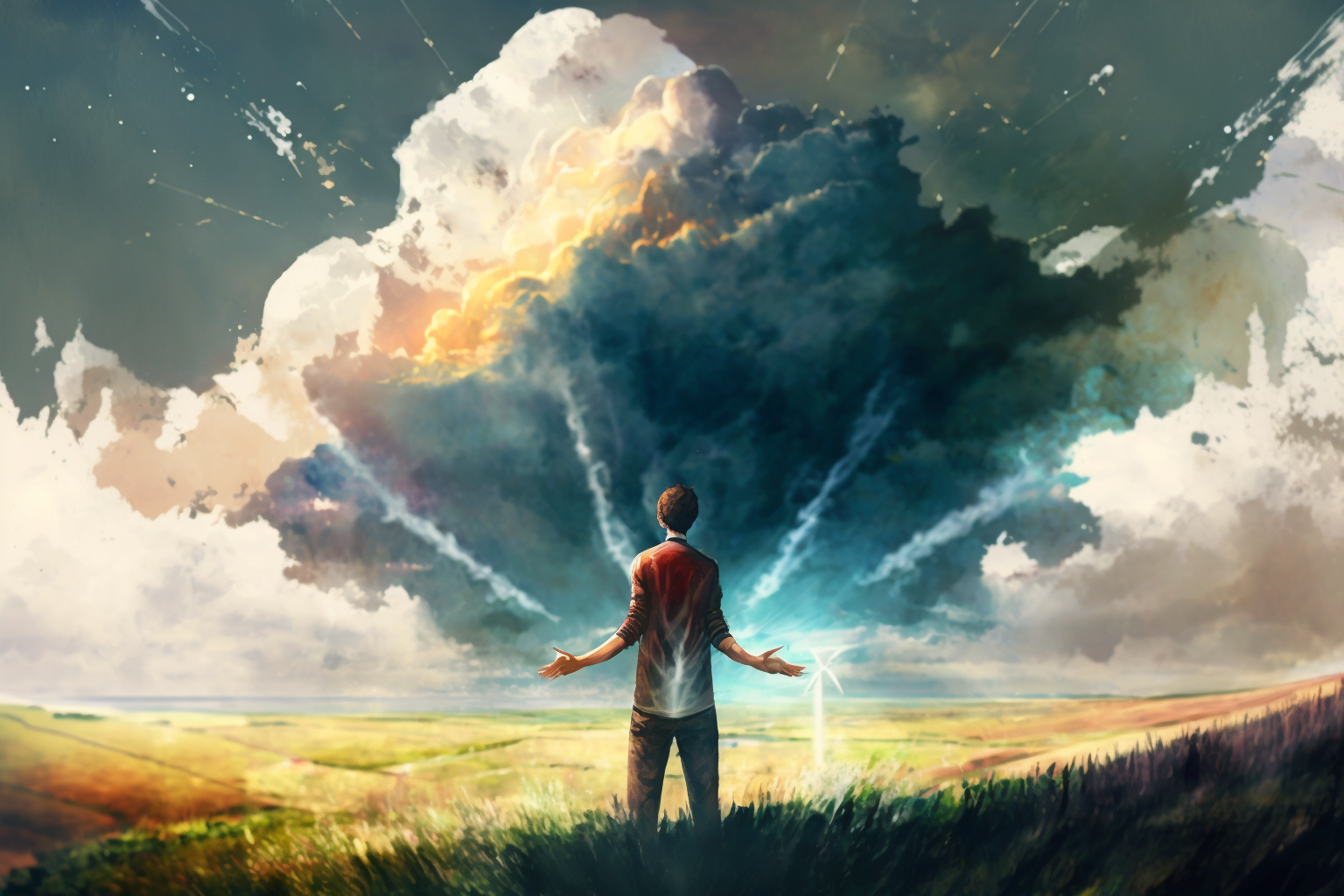How to Become a Fantasy Writer: Worldbuilding - Mythology and Religion

Worldbuilding, a crucial aspect of crafting a convincing and intriguing fictional world, can be elevated through the development of a unique mythology and religion. But where to start? This article delves into the creation of a captivating mythology and religion for your world and the steps you can take to attain it.
Real-World Mythologies and Religions as a Guide
The initial step in forming a mythology and religion for your world is to delve into the study of real-world mythologies and religions. By familiarizing yourself with the diverse types of tales and beliefs that have enchanted humanity throughout history, you can contemplate what kind of myths and religions would be suitable for your world and its inhabitants.
It's noteworthy that myths and religions often mirror the worries and values of the society that created them. Hence, if your world is grappling with a particular crisis or challenge, it would be wise to consider how that would be reflected in the tales and beliefs of its people. Moreover, it's imperative to contemplate how the myths and religions of your world intersect with its politics and power structures. In many real-world societies, religious leaders have had significant sway over rulers and governments, consider if this would be the case in your world and how it would shape the tales and beliefs passed down.
Exerting Creative Freedom with Responsibility
When crafting a mythology and religion for your world, do not be afraid to exercise a measure of creativity and think beyond the norm. After all, this is your world, and you make the rules. However, keep in mind that the myths and religions you create should serve to augment and enrich the story you are trying to tell, instead of detracting from it.

The Origin of Mythology and Religion
The origin of mythology and religion is a complex and intriguing subject. Some scholars believe that early human societies created myths and religions as a way of explaining the natural world and their place within it. Others opine that these stories and beliefs were used to justify the social and political hierarchies of those societies.
Exercise 1 - Reinterpret a Real-World Religion:
Take a piece of paper and brainstorm as many different religious beliefs and practices as you can think of. Start by listing basic religious themes, such as creation stories, afterlife beliefs, rituals, etc.
Then, start expanding on each of these themes, imagining different interpretations and variations.
This exercise will help you gain a better understanding of different religious concepts and get your creative juices flowing as you come up with unique ideas for your own religion.
Religion's Power in Storytelling
Karl Marx famously proclaimed,
"Religion is the opium of the masses."
This quote can be utilized in different ways in the context of a story, but the main point is that religion is often used to control the masses. A story can be built around this concept in a fantasy world, examining the power dynamics and consequences of religion in society.

Balancing Originality and Authenticity
In conclusion, the key to forming a compelling mythology and religion for your world is to balance originality and authenticity. It's crucial to undertake extensive research on real-world mythologies and religions and consider the unique circumstances and society of your fictional world. You must always keep in mind that the myths and religions you create should serve to enhance and enrich the overall narrative, instead of detracting from it.
With a blend of creativity, attention to detail, and a comprehensive understanding of the subject, you can craft a mythology and religion that is both credible and unique. These elements will add depth and richness to your world, immersing readers and leaving a lasting impression on their imaginations.
Exercise 2 - Create a Religion:
Take a single aspect of your world, such as a particular culture, geography, or crisis, and consider how it might shape the religious beliefs and practices of the people who live there. For example, if your world is facing an environmental disaster, you might consider how the people in that area might view their relationship with the natural world and how that influences their religious beliefs and rituals. This exercise will help you think more critically about how the specific circumstances of your world can shape the religious beliefs and practices of its inhabitants.
Go to the Resources page if you want a table for both exercises present in this article.
Check out how to worldbuild a History Chronology, if you have not already.

If you like what I do here, hit the Subscribe button and help a fellow writer out.





